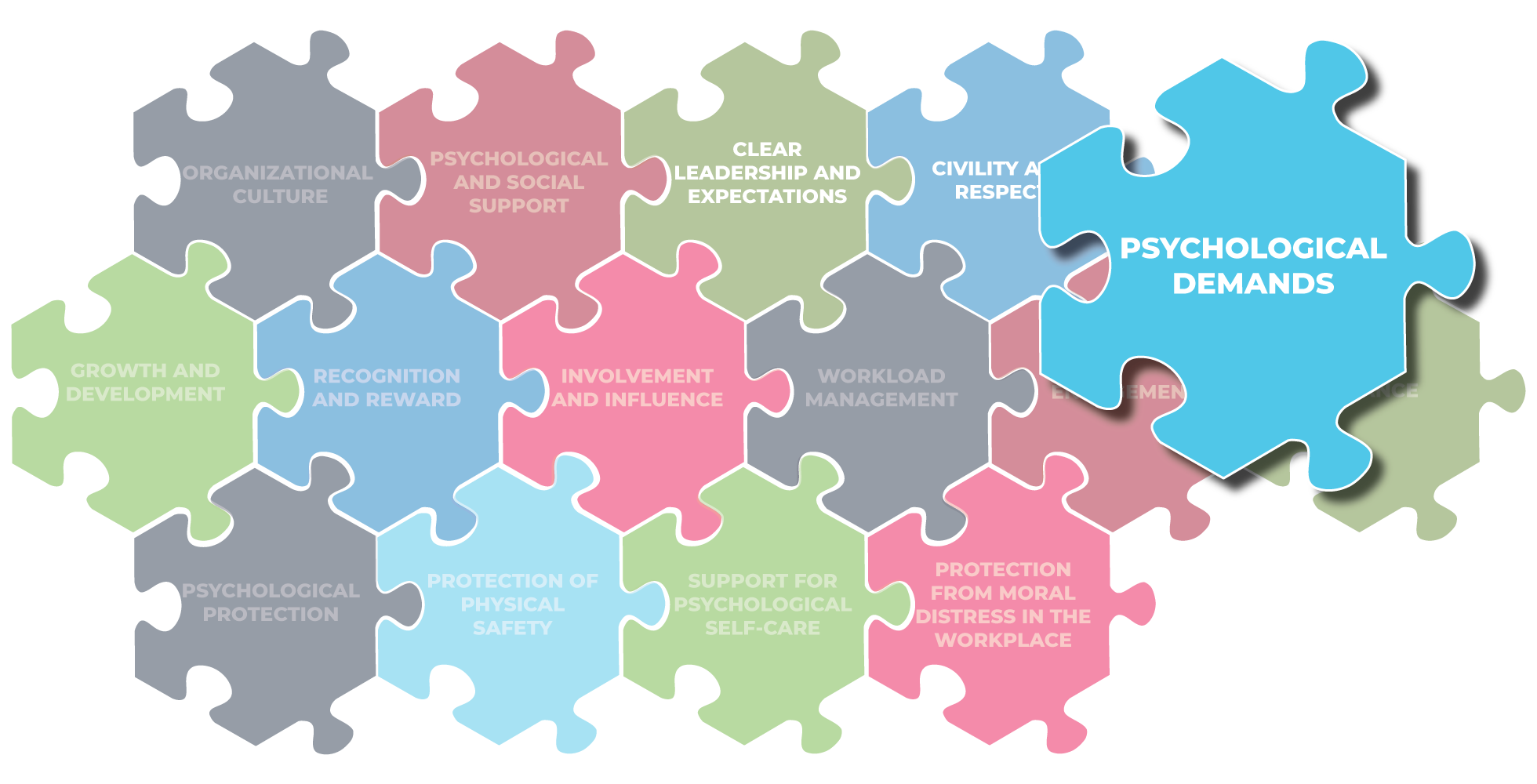Making choices
Making choices is a powerful form of self-care that helps build a sense of control and reduce stress.


Achieving a good job fit means aligning employees' interpersonal and emotional competencies, technical skills, and knowledge with their designated roles. This encompasses the technical aspects of a job, psychological skills, and emotional intelligence, such as self-awareness, impulse control, persistence, self-motivation, empathy, and social deftness. It's important to note that an employee's subjective feeling of fitting their job can be more crucial than an objective assessment of their fit.